Hello everyone, I'm Rimito, a nighttime computer music composer.
In this article, I would like to introduce some highly recommended software and web apps that I use almost every time I compose music.
However, I thought it would be tasteless to just introduce them, so I would like to share some tips that I have found through dozens of times of using them and share these tips with beginner composers.
I will introduce both free and paid tools. I will occasionally introduce tools that cannot be used in some environments, such as Mac and Windows, but I will try to introduce tools that can be used regardless of the operating system.
Also, since many people are composing music on their smartphones these days, I have limited the web apps here to those that can be used on smartphones without any difficulty.
So let's get started.
Background Music (MacOS)
First of all, here it is: an app for Mac.
As shown in the figure below, a personal computer converts internal sound logic information into physical sound through speakers, and external physical air shaking into logic data through microphones.

Background Music, however, overturns this conventional wisdom.
Background Music allows the PC to recognize virtual speakers and microphones as real (or, more accurately, to know that they are virtual) and to output sound information to them, or to input sound information from them.


Then download. Extract and install to complete the installation. There is no need to configure anything. It's that easy.
After installation, “Background Music Virtual” is added to “System Preferences > Sound > Output, Input” under “Select a device for sound input and output.

When I select this and try playing, wait, hey, there is no sound. Yes, this is because the music is being output to a virtual speaker called Background Music.

Even on input, when I selected “Background Music Virtual”, it responded to the input level. It seems to be functioning well.
It plays some audio data, outputs it to the Background Music speakers, picks up that information with the Background Music microphone, sends it back to the computer, and records it. This is how Background Music works.
Of course, you can be assured that it can never be used in places where security or copyright restrictions apply.
In fact, recording on a Mac screen is complicated, and it is not always possible to record the sound that is being played back on the screen, but the sound that is being input from the microphone.
Sound House App
Next is a useful tool that you can use on your smartphone. Sound House offers an app for smartphones, but surprisingly many people don’t know about it, so here it is. In fact, this app has a certain useful tool.
It is a tuner and a metronome.

The Tuner allows you to specify the pitch of the sound input from the phone's microphone, or to play a sound of a specified frequency by typing it into the “Input Frequency” box.
You can also use the “metronome” tool by tapping the metronome icon in the upper left corner; specify the BPM, specify the beat, and there’s the “beep, beep, beep, beep”. In addition, you can tap “TAP” to the rhythm of the song to get a rough BPM measurement.
Since shopping and the use of two tools can be done within one app, it helps to reduce space and eliminates the need to bother with more apps.
LALAL.AI
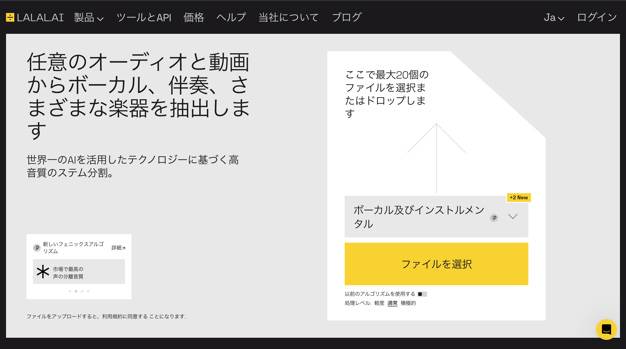
Next, I present a remover that allows for audio separation.
I personally highly recommend this web application.
LALAL.AI
Since it is a web app, there is no need to install it, nor is it heavy in operation, so it’s very easy to use.
After accessing the site, choose audio or video data from “Select File”,

Click (tap) on the image that surrounds the image you have selected,

Select the type of instrument you want to separate.
Then, the separation will start and you can follow the instructions. This is all you need to do to separate the instruments from the music data. The free version does not allow downloading, but the paid version allows you to download the separated data for about 80 yen per song.
The file extensions that can be uploaded are MP3, OGG, WAV, FLAC, AVI, MP4, MKV, AIFF, AAC, an unparalleled range, and the types of instruments that can be separated are vocals, drums, bass, noise, electric guitar, acoustic guitar, piano, synth, strings, and wind instruments.
In fact, I have been using it for many months now, and I can expect further development as the number of instruments that can be isolated has recently increased and the accuracy has improved.
When breaking down all the instruments used in a song, what I have arrived at after using it many times is to always drop in the raw data when extracting any of the instruments.
You may be thinking, “If I play all the instruments at the same time, won't the noise be noticeable?” But surprisingly, this is not the case. I think this is because the system is optimized for the data as it is.
SoundID Reference for Speakers & Headphones
Next, I would like to introduce RIMITO's most popular and divine tool for improving the acoustic environment, which is the lifeblood of music composition.
Sonarworks / SoundID Reference for Speakers & Headphones with measurement microphone
This is a calibration software that measures the acoustic characteristics of the monitor speakers and the room, and corrects the output sound according to the individual acoustic characteristics, so that a very flat sound reaches your ears.
Sound characteristics are an important item when composing music. Since listeners' playback environments vary widely, it is not always possible for everyone to hear the sound that the composer wants to deliver. This is where this tool comes in, as it makes the composer's composing environment as “normal” as possible, eliminating differences between listeners as much as possible.
It can also calibrate headphones as well as speakers because a beginner should spend the money, in my opinion.
There is no trick to using it and I was able to calibrate it to a perfect level just by following the instructions. However, the acoustic characteristics change each time the cable or headphone jack is inserted in a different location, so I calibrate each time. Also, if a door is open or closed, it will change the characteristics, so I need to be careful not to change the environment as much as possible.
Summary
How was it?
I have introduced a theme, recommended web applications and tools, and I truly recommend them not only for beginners, but also for professionals, since all of you deserve only the best titles.
I hope this article will be of some help to you.
Have a good musical life! This was Rimito.
The “sound & person” column is made up of contributions from you.
For details about contributing, click here.





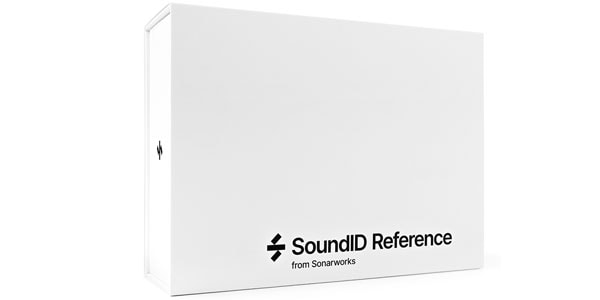







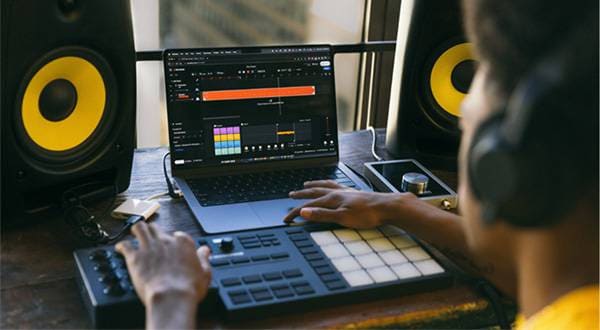
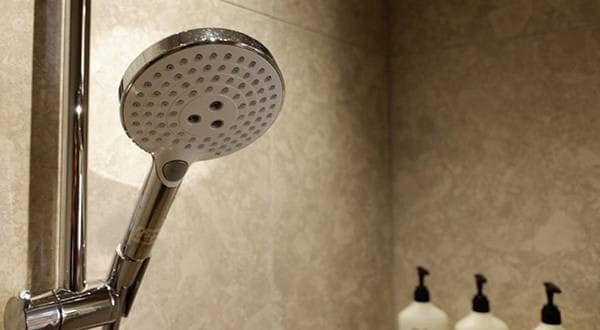

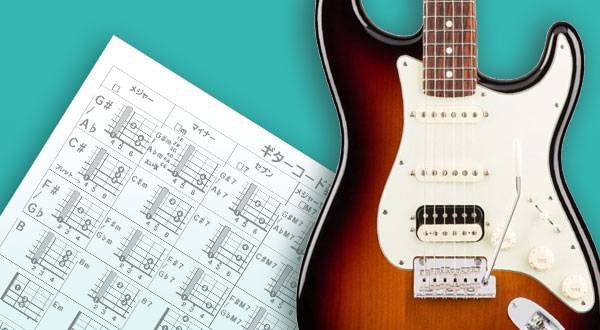
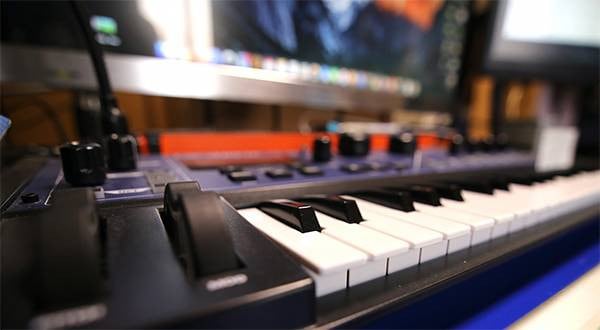
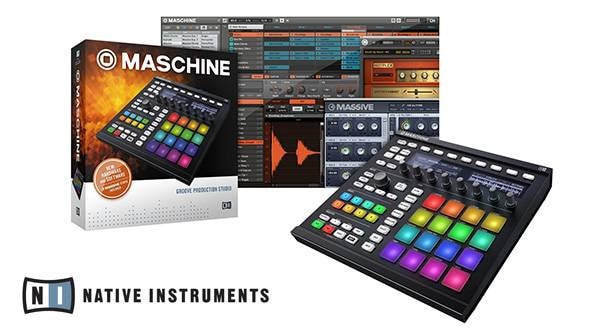
 定番DAWソフトウェア CUBASE
定番DAWソフトウェア CUBASE
 iZotopeが手がけるオールインワンDAW “Spire”
iZotopeが手がけるオールインワンDAW “Spire”
 DTMセール情報まとめ
DTMセール情報まとめ
 機能で選ぶ オーディオインターフェイス
機能で選ぶ オーディオインターフェイス
 DTMに必要な機材
DTMに必要な機材
 DTM・DAW購入ガイド
DTM・DAW購入ガイド















